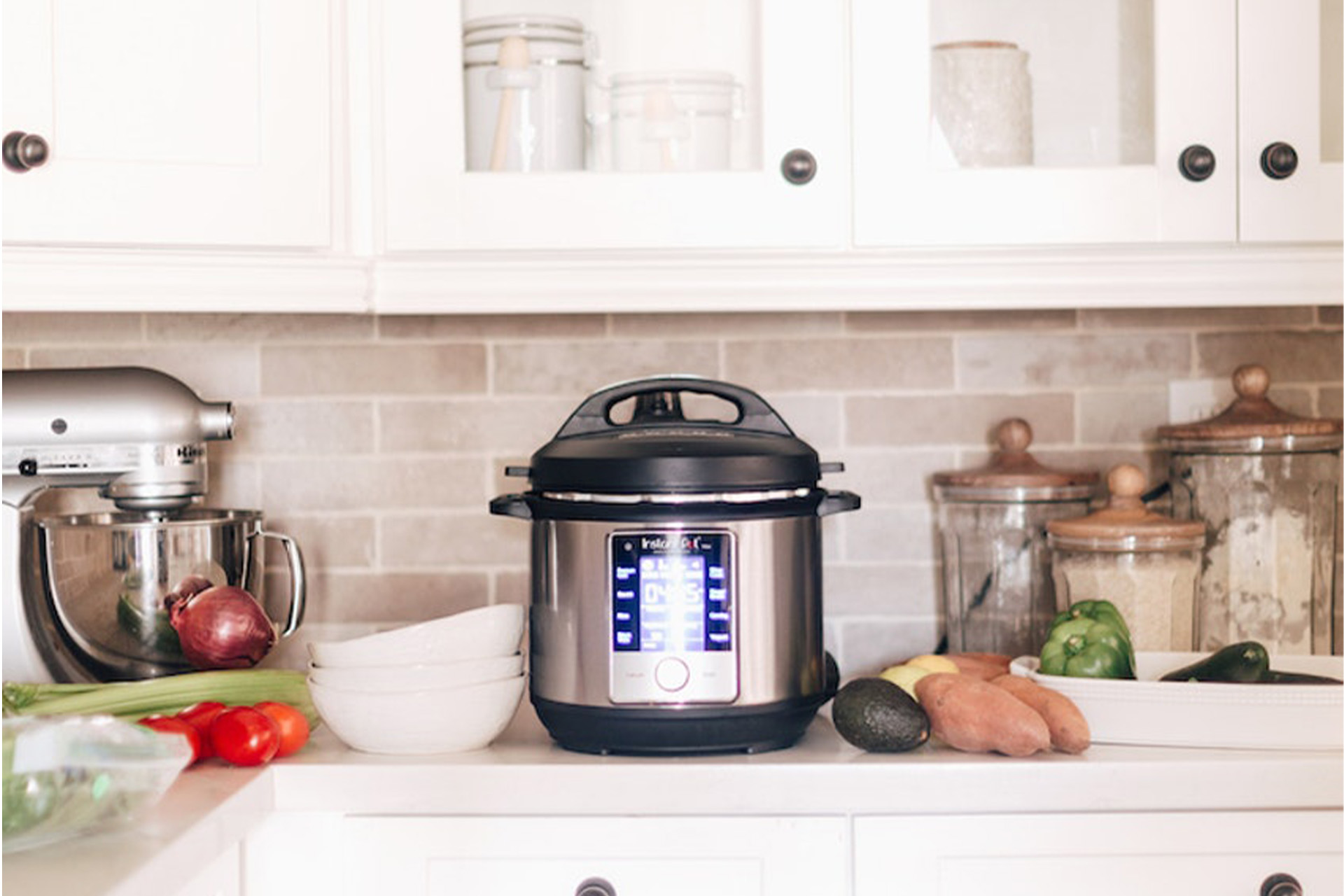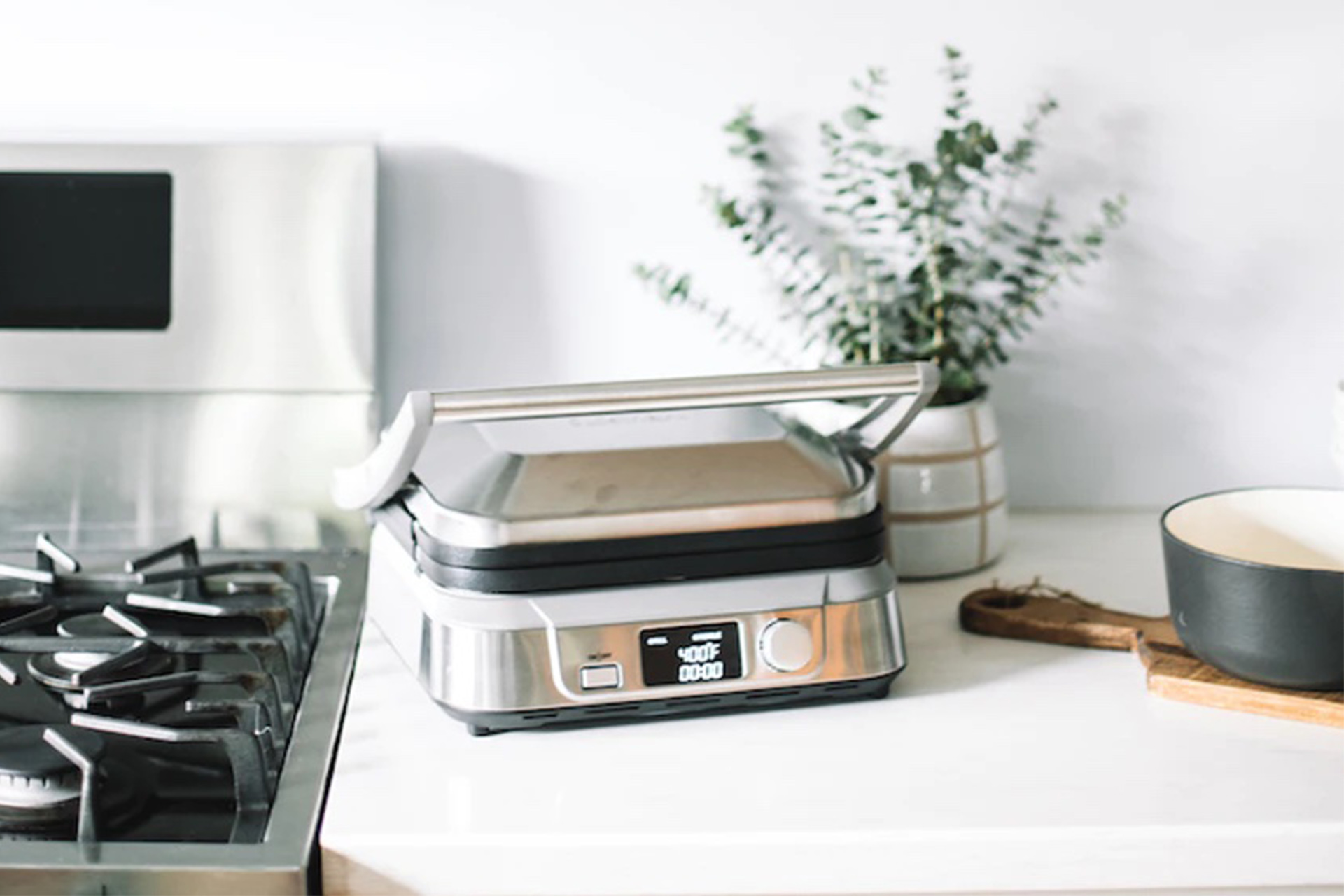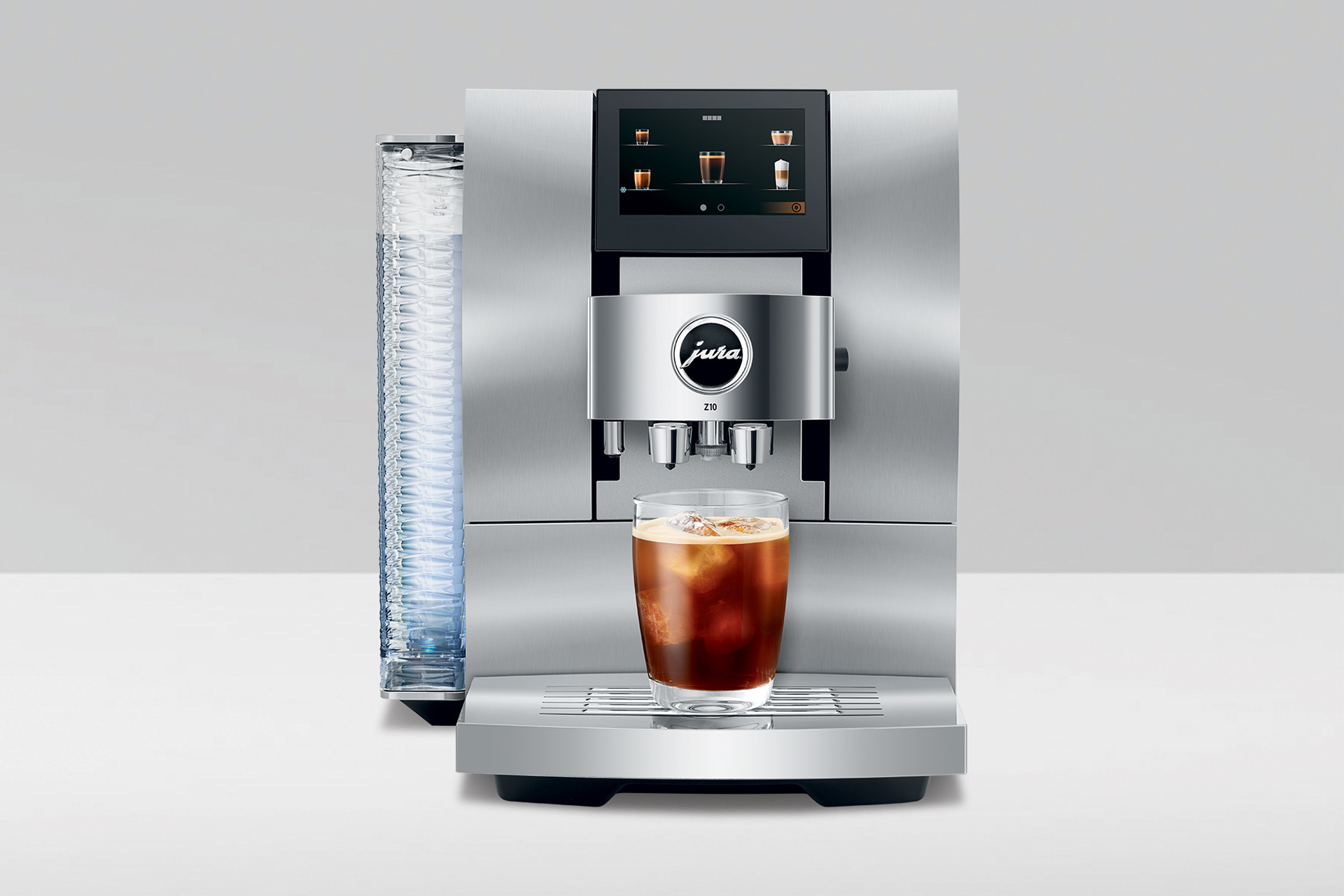As consumers return to some semblance of their pre-COVID routines, such as workday commutes or weekends spent on the soccer field, time has become more precious than ever.
With fewer hours spent at home and more time tending to a schedule, consumers are relying on kitchen electrics, such as blenders, single-serve coffee makers, mixers and multi-cookers, to power them through several meals and snacks each day.
“The small electrics category is looking to be a major trend as we finish out 2021 and go into 2022 given how convenient, easy-to-use, and functional they are,” said Mary Rodgers, director of marketing communications, Cuisinart. “We believe as things open up, whether that be a return to office or school, households will need to restructure meal preparation, relying more on shortcuts, meal planning and alternative methods. This is where multi-functional small appliances will go a long way in reducing stress and anxiety as it provides versatility while being user-friendly to take the stress out of cooking.”
The small electrics category is looking to be a major trend as we finish out 2021 and go into 2022 given how convenient, easy-to-use, and functional they are.
– Mary Rodgers, Director of Marketing Communications, Cuisinart
However, perhaps buoyed by the overall home cooking trend that emerged pre-COVID, as consumers continue to be more adventurous with recipes and trying new ethnic cuisines, they certainly do not want to give up on food quality and flavor. Consumers expect these small electrics to do more, do it faster and do it better. A new generation of multi-function kitchen appliances provides the solution they are seeking.
Marsha Everton, principal of The AIMsights Group, a market research firm, echoed this sentiment and added how this compression of time is felt by all generations, opening the multi-functional appliance trend to appeal to a wide variety of consumers in different stages of life.
“When you are pressed for time and need to be cooking large amounts of food for your family, appliances such as the InstantPot, answer that need,” Everton said. “Consumers can cook a variety of foods fast, but it still retains that slow cooked flavor, which has become a game changer in the industry.”

Cooking for family today has a different meaning for different consumers. Everton pointed out that while millennials might be feeding young families, they might also be preparing food for siblings or friends. Meanwhile, GenZers might have hungry teenagers to appease, but they are also preparing meals with special dietary needs for aging parents. Boomers, too, are prepping more meals, not just for themselves, but perhaps for grandchildren that might be in their care to help working parents.
Regardless of the situation, Everton noted that what’s driving kitchen electrics sales, and more largely housewares sales overall, is a consumer’s need based on their life stage.
“The category is driven as much by life stages as it is as external forces,” Everton said. “Life stage is more important than generation today. You have to look at a consumer’s distinct life stages to tap into where the consumer demand is.”
Compact Appeal
And while consumers have spent the last 18-plus months decluttering, reorganizing their homes to fit their new needs, that doesn’t necessarily mean they are not adding appliances, especially compact models that take up less space and provide multiple functions.
“The pandemic led to a shift in consumer mindset to reduce clutter, and small appliances absolutely speak to this,” said Rodgers. “Adding on, whereas before small electrics were thought to be less effective, with innovations and new technologies, this is no longer the case. Now that customers are aware of this fact and that initial education and adoption period has taken place, we’ve seen an ever-growing affinity toward the small appliance category.”
According to Rodgers, this shift is one of the main reasons why products such as the Cuisinart Griddler — with five cooking style options and dual temperature control — has been well received by consumers who, according to the company’s market research, increasingly prefer to use small electric kitchen appliances and tools with multi-functional applications.

Meanwhile, in the coffee appliance segment, Jura has taken the leap into cold brew. The company offers consumers an option of also brewing cold brew specialty coffee with its new Jura Z10, featuring the brand’s new Cold Extraction Process.
David Shull, executive vp, marketing and communications at Jura Inc., said the compact, new Jura coffee center with cold brew function speaks to consumers’ increased expectation for more utility from their home appliances. The Jura Z10, while expanding the options to include cold brew, provides the full spectrum of hot drinks from intense espresso to trendy flat white.
“Expectations are elevated, and in this busy world, people truly appreciate Jura machines that offer café-quality coffee specialties at the touch of a button in their own home every day,” Shull said. “They save time and can save money versus brewing from pods/capsules or buying beverages at the coffee shop.”

Marketing to the Modern Mindset
AimSights’ Everton said Baby Boomers, in particular, are willing to spend more for added performance and long-term value from their countertop appliances, and marketers should keep a close eye on this demographic as they continue to be a very active part of the marketplace.
“Boomers are living longer than ever before and are more health-conscious too and are buying the goods to help support their goals,” explained Everton. “However, there’s just more thought going into the decision. And that goes for all generations — today’s consumers will question whether it’s a good investment, if it fits their counter space and if it’s good for the environment. And they will ask for recommendations from family and friends. Today, a product has to deliver on what it says it can do and do it really well.”





